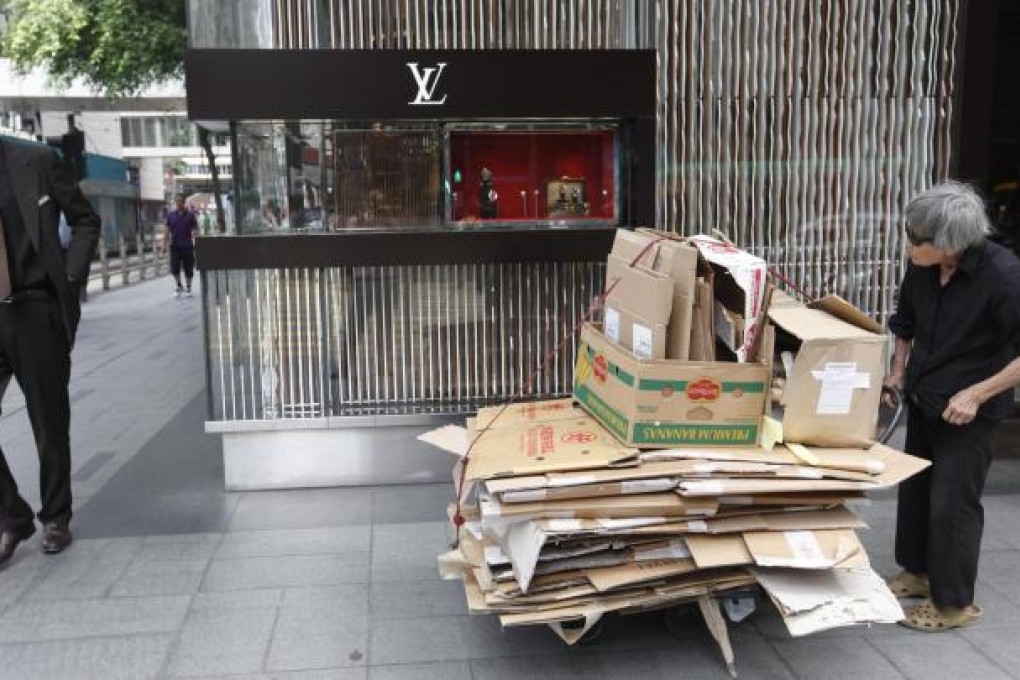700,000 slip through Hong Kong's welfare net
Welfare payments meant for neediest reach only 40 per cent of 1.15 million identified as living in poverty, exposing gaps in support system

About 700,000 people living in poverty in Hong Kong are slipping through the social welfare safety net.

The figures show the number of CSSA recipients remained constant at 450,000 to 460,000 per month in 2011.
The numbers expose the wide gaps in Hong Kong's "all or nothing" welfare system, where there are few other supplements apart from the CSSA, with only limited public housing and small subsidies for children's schooling.
"If they are not on the dole, there is next to nothing between the poor and the stone-cold hard floor," said Hong Kong Oxfam's director general, Stephen Fisher.
As Hong Kong does not have an official poverty line, the council deems it to be half the median household income, which amounts to HK$3,500 for one person and HK$13,250 for a household of four.